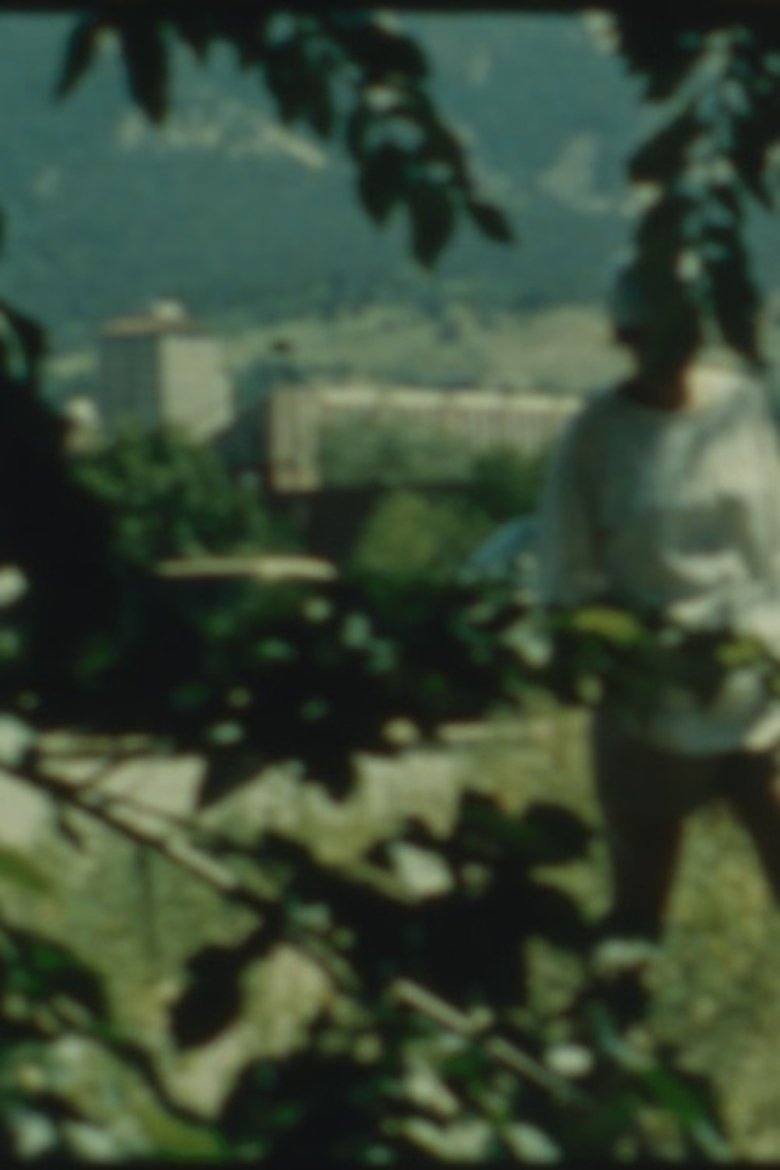
Confession
1986
0h 24m
"Firstly, I revealed in salutary confession the secret filth of my misdeed, which had long been festering in stagnant silence; and I made it my custom to confess often, and thus to display the wounds of my blinded soul..." (Petrarch, 1352, in a letter to his brother). I wish to avoid any "classical" misunderstandings of the above quote by stating clearly here that any sacrifice of love is, yes, "filth" or at the very least "misdeed." An academic reading of Petrarch tends to bias thought that there are kinds of love which might be wrong: I do not believe this. (SB)
If current server doesn't work please try other servers beside.
Similar Movies
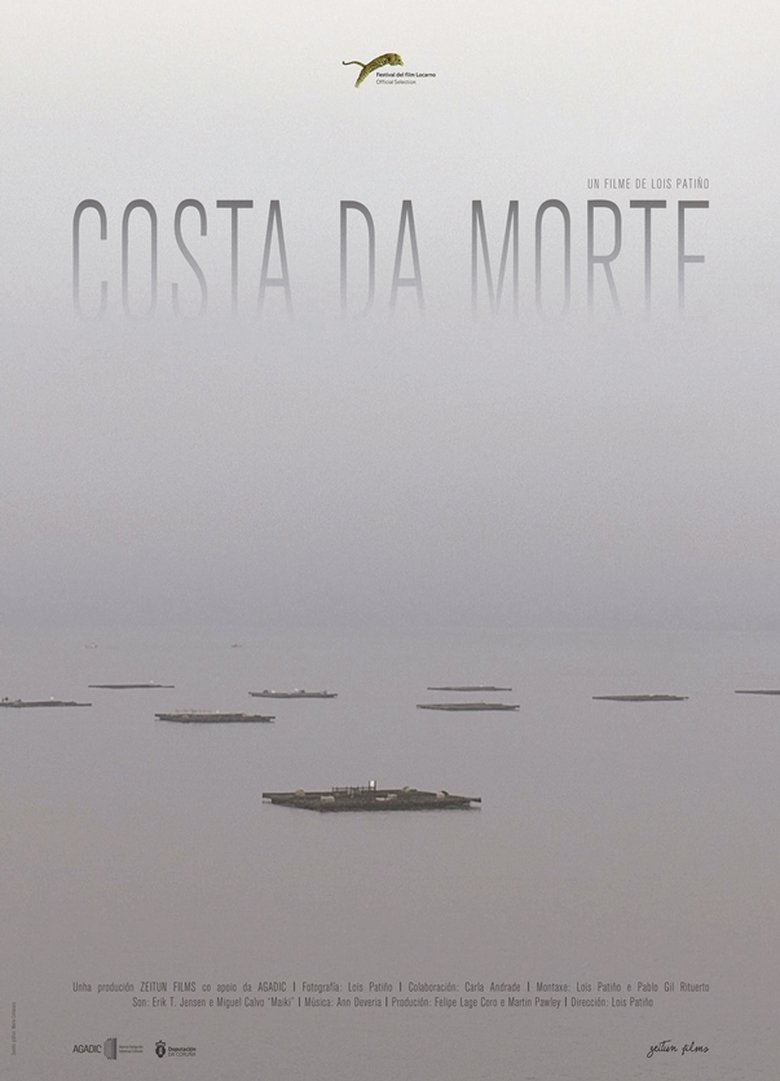
Costa da Morte
Portrait of Costa da Morte (coast region in Galicia, Spain) from an ethnographic and landscape level, exploring also the collective imagination associated with the area. A region marked by strong oceanic feeling dominated by the historical conception of world's end and with tragic shipwrecks. Fragmentary film that approaches to the anthropological from its protagonists: sailors, shellfish, loggers, farmers ... A selection of characters representative of the traditional work carried out in the countryside in the region, allowing us to reflect on the influence of the environment on people.
Rating:
6.4/10
Votes:
8
Year:
2014

Pensées et visions d'une tête coupée
The theme of death is heavily interwoven in Smolder’s surreal salute to Belgian painter Antoine Wiertz, a Hieronymus Bosch-type artist whose work centered on humans in various stages in torment, as depicted in expansive canvases with gore galore. Smolders has basically taken a standard documentary and chopped it up, using quotes from the long-dead artist, and periodic statements by a historian (Smolders) filling in a few bits of Wiertz’ life.
Rating:
5.0/10
Votes:
3
Year:
1991

Divotvorné oko
Scientists demonstrate the wonders of magnified objects.
Rating:
5.0/10
Votes:
1
Year:
1939

Vues animées de l'Atelier et Collection Richard Winther
An overview of the art collection of Richard Winther.
Rating:
0.0/10
Votes:
0
Year:
1958

Song 5
SONG 5: A childbirth song (the Songs are a cycle of silent color 8mm films by the American experimental filmmaker Stan Brakhage produced from 1964 to 1969).
Rating:
4.2/10
Votes:
12
Year:
1964
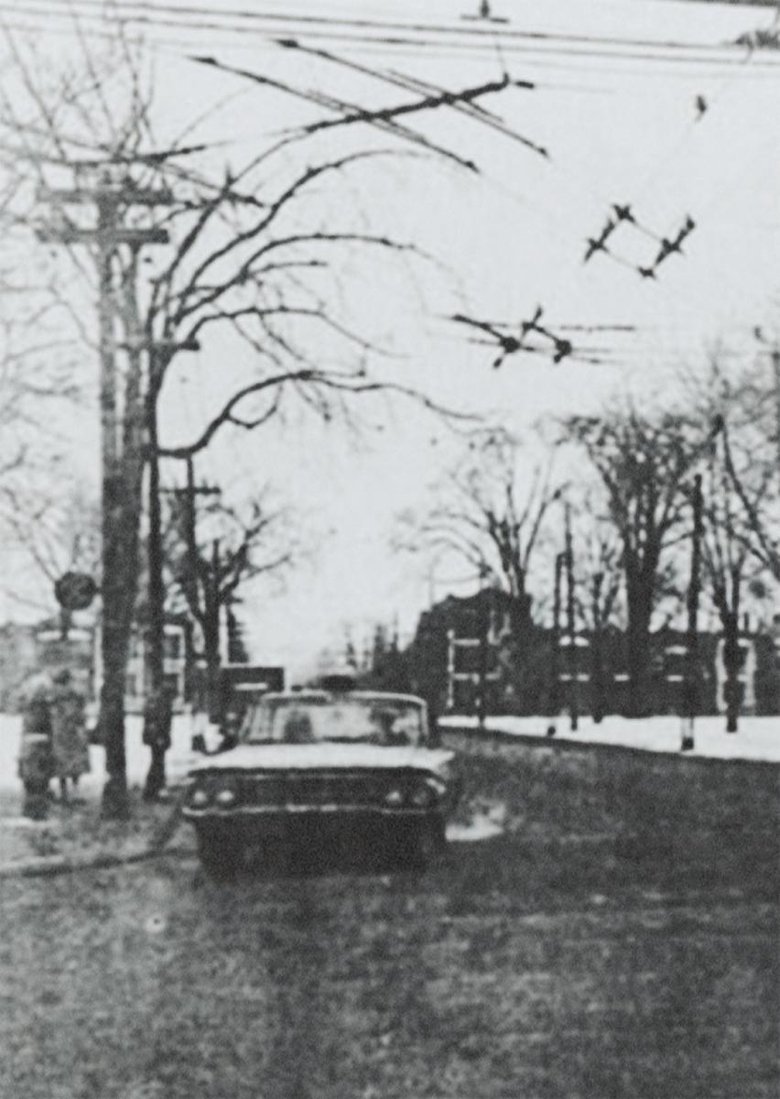
One Second in Montreal
A silent succession of black-and-white photographs of the city of Montreal.
Rating:
5.5/10
Votes:
7
Year:
1969
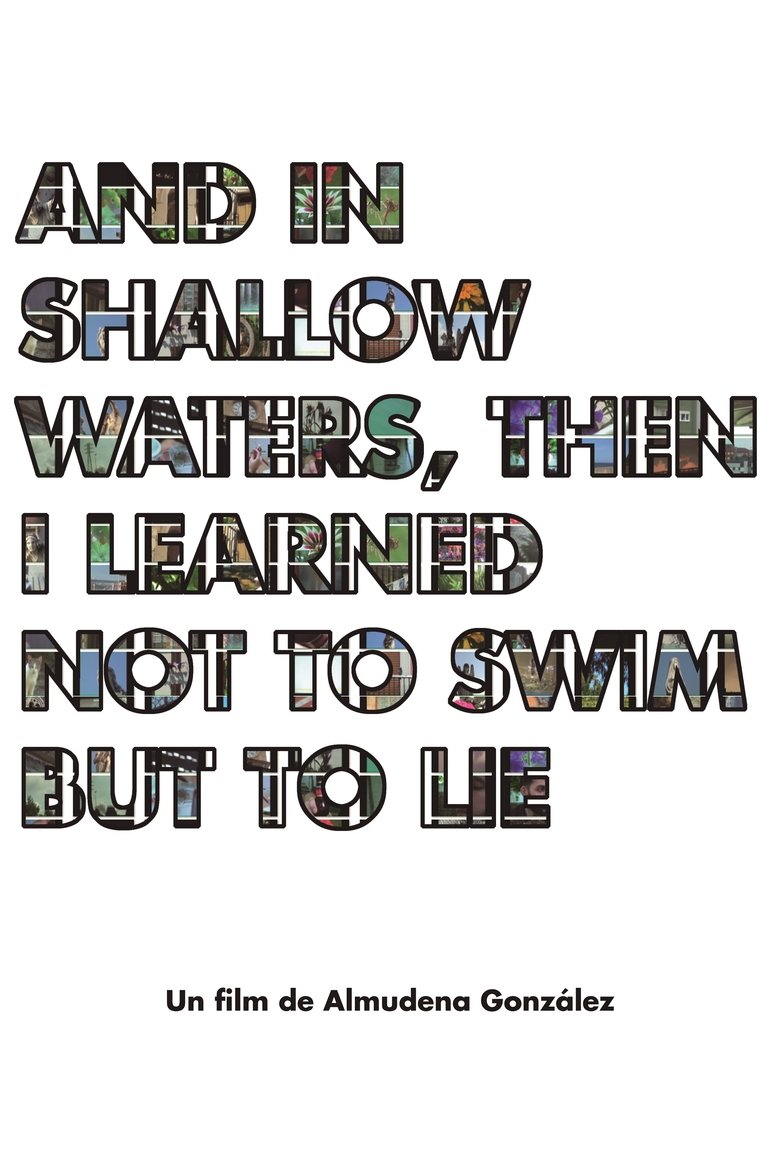
And in shallow waters, then i learned not to swim but to lie
Footage from summer of 2018 that explores the passing of time regarding the little things in life.
Rating:
0.0/10
Votes:
0
Year:
2018
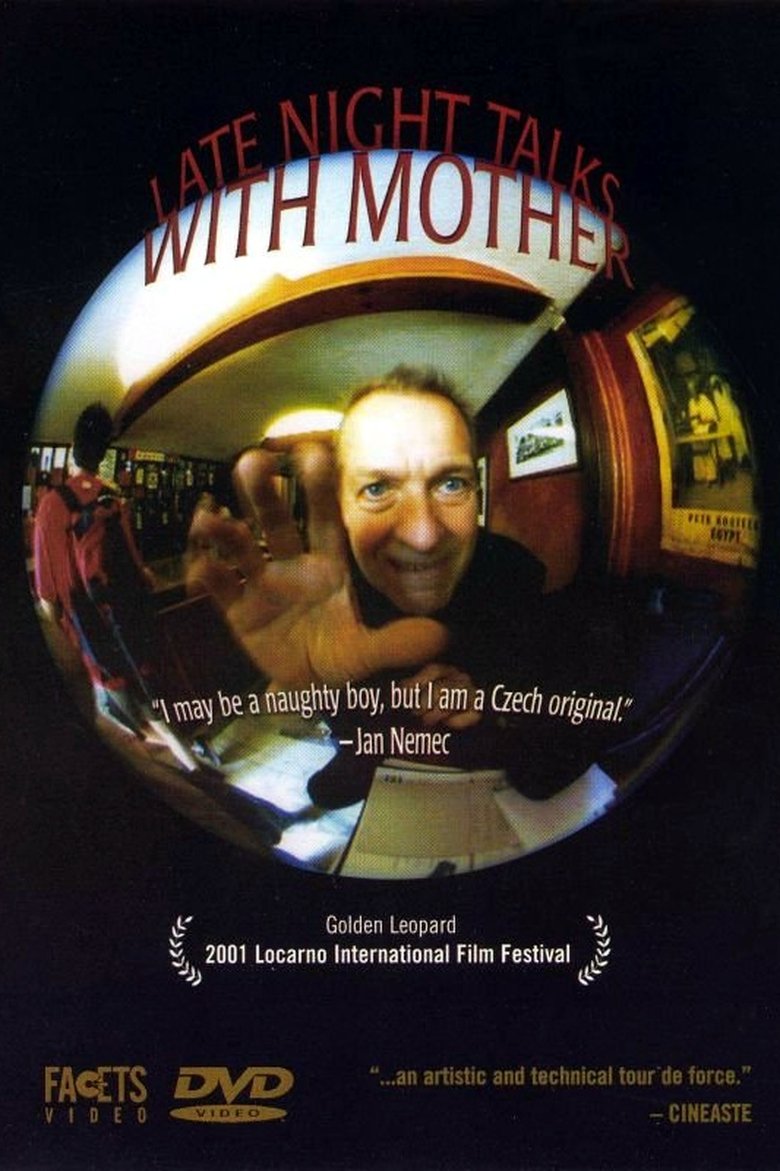
Noční hovory s matkou
Taking a cue from Franz Kafka's "Letter to My Father," this highly personal film follows Czech director Jan Nemec as he attempts to engage in a dialogue with his deceased mother. While alive, Nemec's mother had a troubled relationship with her son; this rumination seems to be Nemec's public platform for coming to terms with unresolved familial issues. The director embellishes his film by linking personal events with 20th century history.
Rating:
0.0/10
Votes:
0
Year:
2003
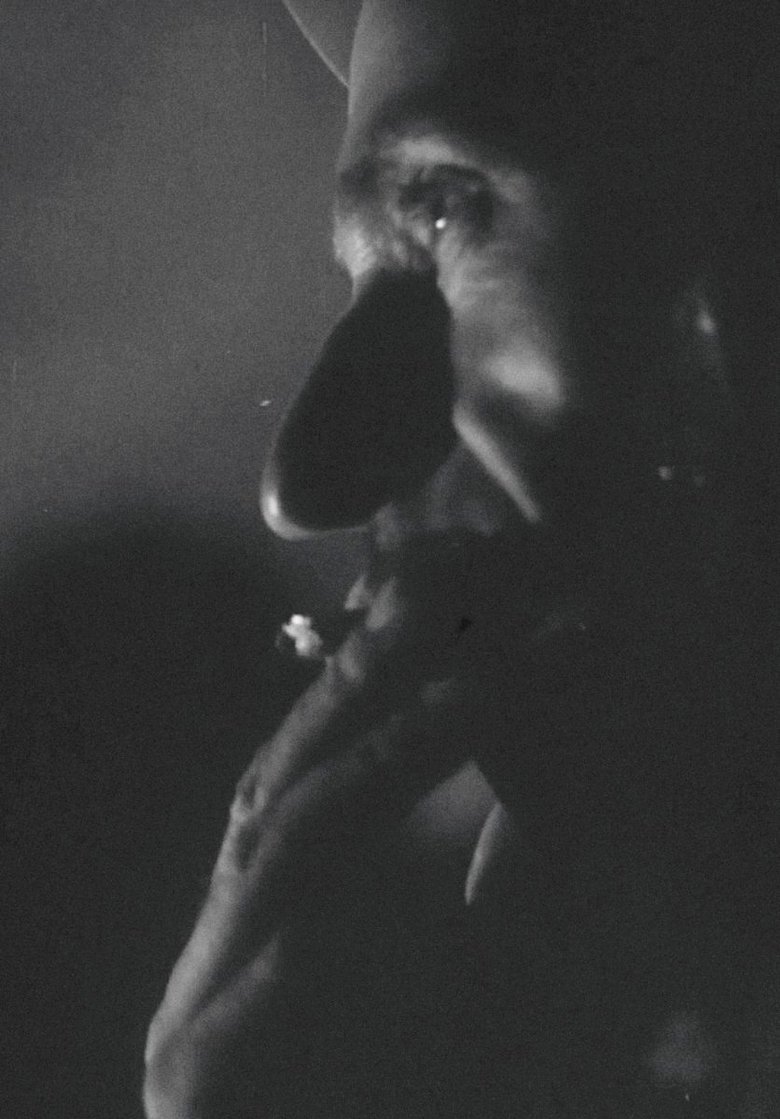
Լեռնային պարեկ
Poetic film about the struggle of man's will and muscles against nature, about the rock-climbers who prevent landslides and eliminate their consequences.
Rating:
5.5/10
Votes:
13
Year:
1964

Обитатели
Inhabitants depicts animals in panic: the film is mostly filled with shots of mass migrations and stampedes (some, surprisingly, filmed from a helicopter). The title equalizes the species of the earth. Artavazd Peleshian merely alludes to the presence of human beings—a few silhouettes that seem to be the cause of these vast, anxious movements of animal fear. In many ways, this film is an ode to the animal world that moves toward formal abstraction, with clouds of silver birds pulverizing light. Peleshian said, “It’s hard to give a verbal synopsis of these films. Such films exist only on the screen, you have to see them.”
Rating:
6.3/10
Votes:
21
Year:
1970
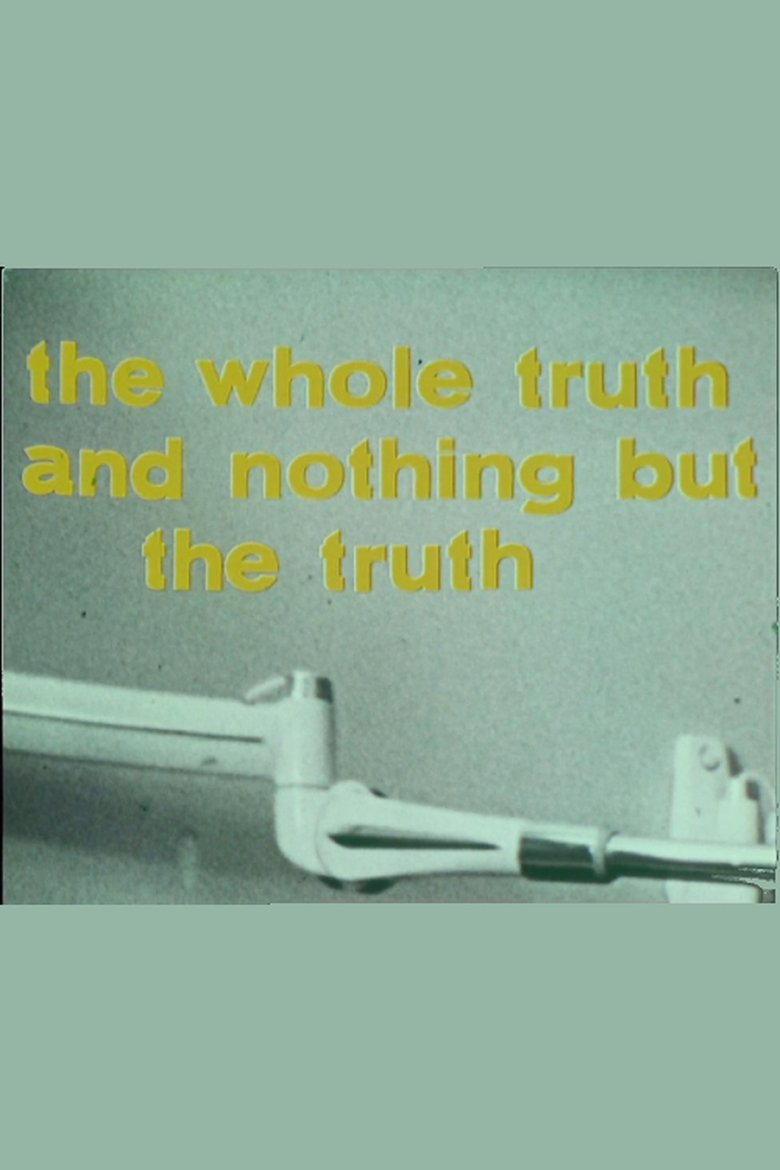
The Whole Truth and Nothing but the Truth
Rating:
0.0/10
Votes:
0
Year:
1968

Le voyageur diurne
A woman walks, loves, eats and washes herself, dances. It all takes place in a bedroom. At times flashbacks, or visualizations of previous or following scenes. Unless her life in the bedroom becomes an obsession, she lives through the other scenes.
Rating:
5.2/10
Votes:
5
Year:
1966

Homeo
Homeo is a mental construction made from visual reality, just as music is made from auditive reality. I put in this film no personal intentions. All my intentions are personal. I’ve made this film thinking of what the audience would have liked to see, not something specific that I wanted to say: what the film depicts is above all reality, not fiction. Homeo is, for me, the search for an autonomous cinematographic language, which doesn't owe anything to traditional narrative, or maybe everything. Cinema is, above all, part of a way of life which will become more and more self-assured in the years and century to come. We are part of this change, and that’s why I tried in Homeo to establish a series of perpetual changes, in constant evolution or regress, which tries, above all, to focus on things.
Rating:
5.167/10
Votes:
6
Year:
1967

Chromo sud
One of the very few films made by Etienne O'Leary, all of which emerged from the French underground circa 1968 and can be very loosely designated 'diary films.' Like the contemporaneous films by O'Leary's more famous friend Pierre Clementi, they trippily document the drug-drenched hedonism of that era's dandies. O'Leary worked with an intoxicating style that foregrounded rapid and even subliminal cutting, dense layering of superimposed images and a spontaneous notebook type shooting style. Yet even if much of O'Leary's material was initially 'diaristic,' depicting the friends, lovers, and places that he encountered in his private life, the metamorphoses it underwent during editing transformed it into a series of ambiguously fictionalized, sometimes darkly sexual fantasias. - Experimental Film Club
Rating:
5.8/10
Votes:
5
Year:
1968
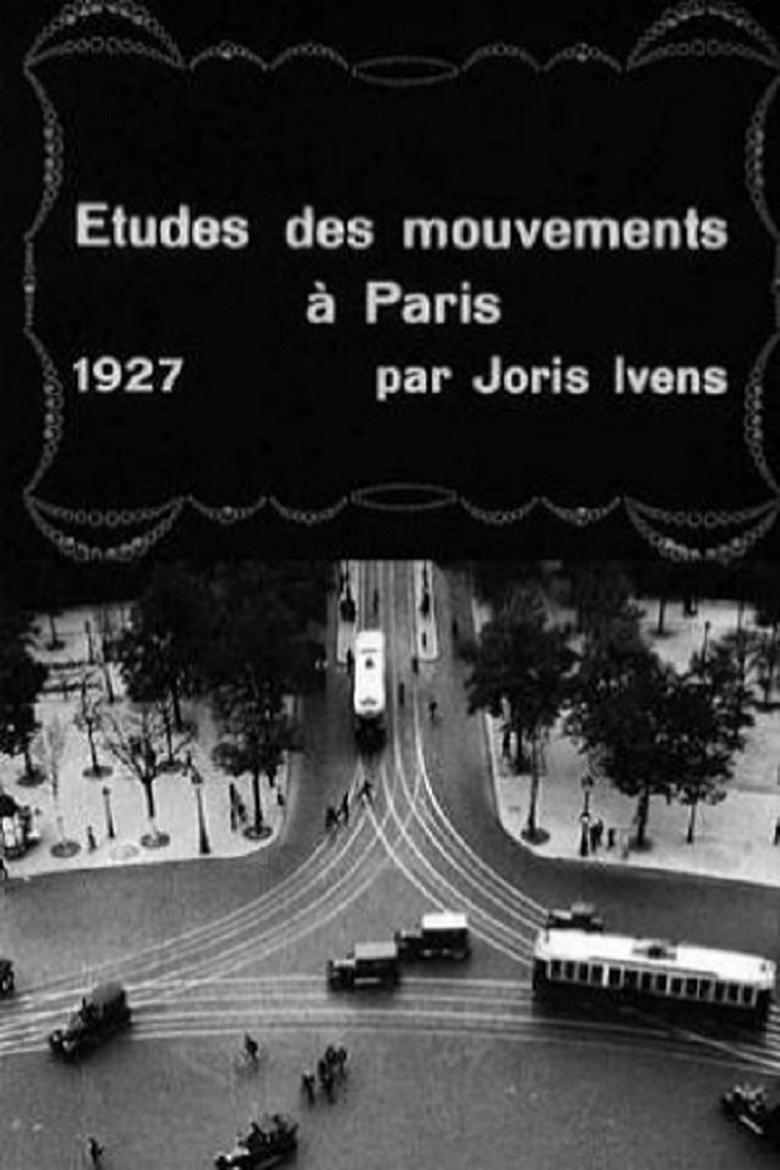
Études des mouvements à Paris
A study of traffic movement in Paris.
Rating:
5.7/10
Votes:
13
Year:
1928
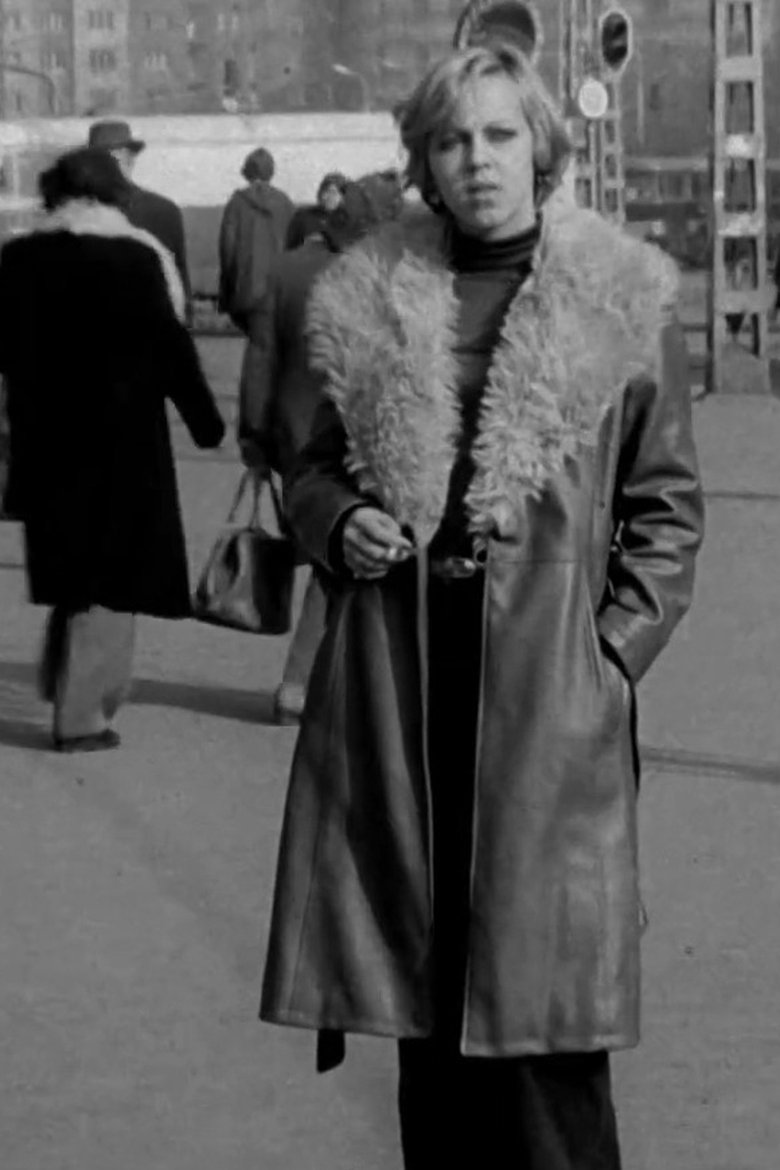
Öndivatbemutató
According to Peter Brook, all that is needed for an act of theatre to be engaged is for a man to walk across an empty space whilst someone else is watching him. Thus, an empty space becomes a bare stage. However, this raises countless questions about the relationship between reality, everyday presence and role-playing, something experimental filmmakers coming from the 1970s world of theatre dealt with in detail. Tibor Hajas explored the topic in a short experimental film made at BBS.
Rating:
6.5/10
Votes:
4
Year:
1976

Rhythm
Intended as a publicity film for Chrysler, Rhythm uses rapid editing to speed up the assembly of a car, synchronizing it to African drum music. The sponsor was horrified by the music and suspicious of the way a worker was shown winking at the camera; although Rhythm won first prize at a New York advertising festival, it was disqualified because Chrysler had never given it a television screening. P. Adams Sitney wrote, “Although his reputation has been sustained by the invention of direct painting on film, Lye deserves equal credit as one of the great masters of montage.” And in Film Culture, Jonas Mekas said to Peter Kubelka, “Have you seen Len Lye’s 50-second automobile commercial? Nothing happens there…except that it’s filled with some kind of secret action of cinema.” - Harvard Film Archive
Rating:
6.115/10
Votes:
26
Year:
1957
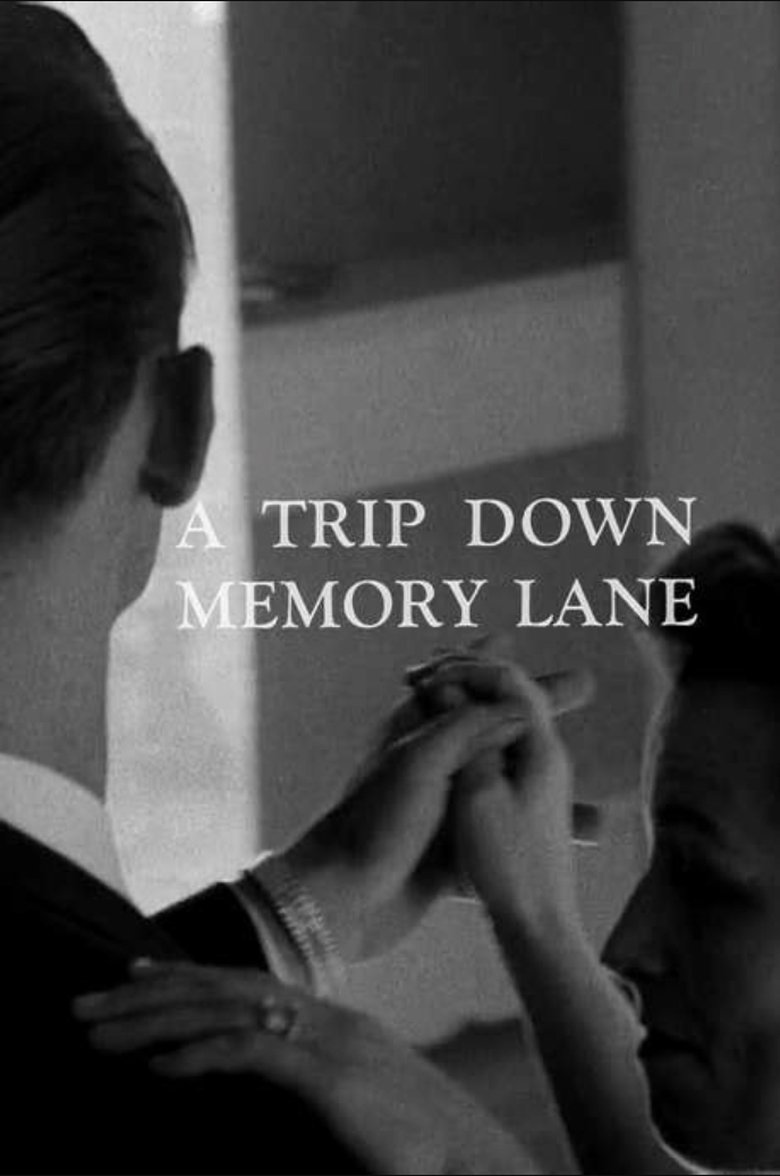
A Trip Down Memory Lane
A Trip Down Memory Lane is a 1965 experimental collage film by Arthur Lipsett, created by editing together images and sound clips from over fifty years of newsreel footage. The film combines footage from a beauty contest, religious procession, failed airflight, automotive and science experiments, animal experimentation, skyscraper construction, military paraphernalia, John D. Rockefeller and scenes of leisure, Richard Nixon and scenes of war, blimps and hot air balloons, and a sword swallower. Lipsett envisioned his film as a kind of cinematic time capsule for future generations.
Rating:
5.9/10
Votes:
8
Year:
1966

Scenari dal Toti-Verso
Rating:
0.0/10
Votes:
0
Year:
2013

Calle López
In the eyes of a foreigner practically any street of Mexico City’s Centro Histórico holds potential for a film. Life on the street deserves more than just the natural condition of observer anyone could have, it demands an extra attention. In a 100-meter radius, the sociological exuberance of the events going on is simply impossible to ignore. The street is a mise en scène in itself.
Rating:
6.3/10
Votes:
8
Year:
2013
If current server doesn't work please try other servers beside.